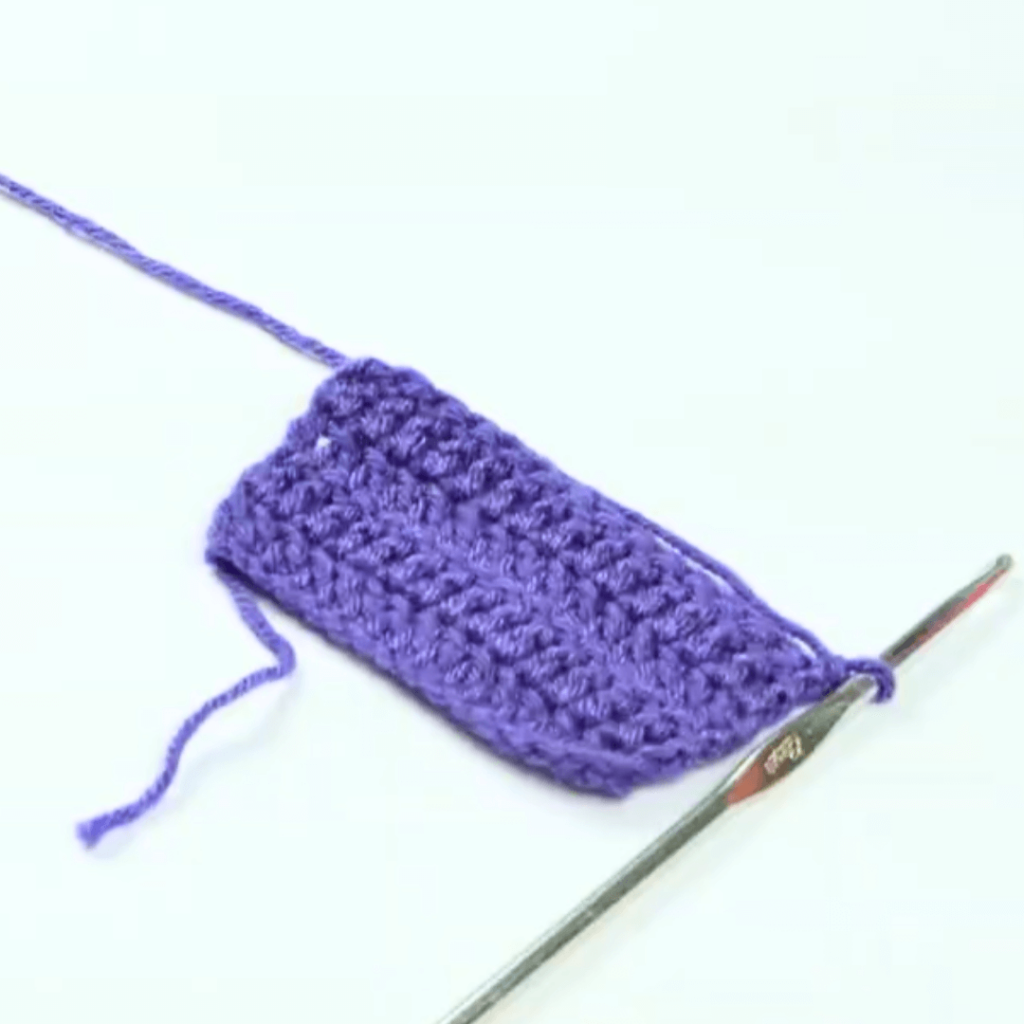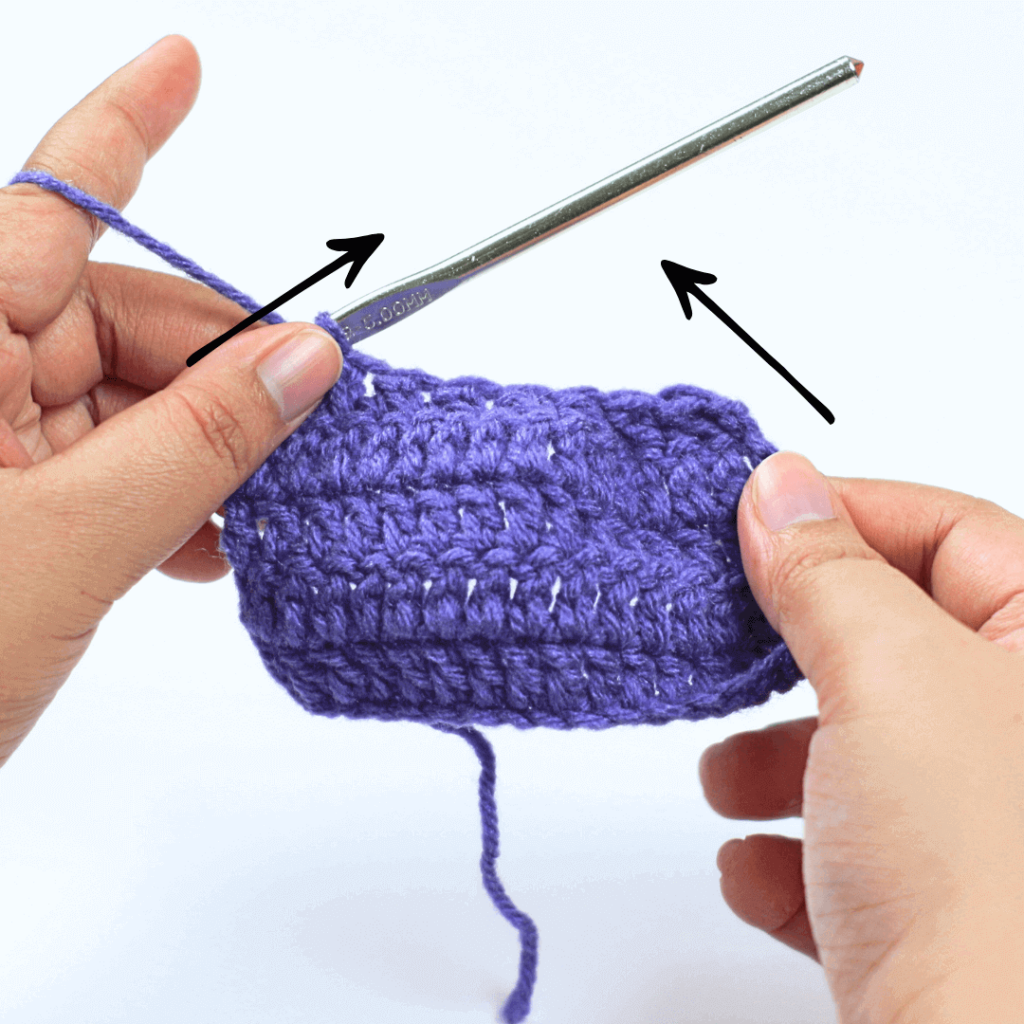How to DC2TOG for Beginners: Easy Double Crochet Decrease!
Let's learn the double crochet decrease!
Let's learn the double crochet decrease!
Time for another lesson on crochet decreases! Today, we’re talking all about the double crochet. It may seem like this particular stitch will be a tricky stitch to learn, but it’s so much simpler than it looks.

If you have tried making the hdc version, then this one will be a breeze. Ready to expand your knowledge of crochet decreases? Check out the tutorial below!
You’ll only need 2 things to learn the dc2tog technique. Take a look:
Yarn tip: Don’t like how thin worsted weight yarn is? Choose super bulky or chunky yarn. They are much easier to hold on to and stitches show up much clearer. Opt for more affordable yarn brands so you don’t feel too bad about scrapping your first few attempts.
Try to avoid fuzzy yarn like chenille and velvet yarn as stitches become hard to distinguish once crocheted!

Learning how to crochet? Perhaps you’re looking for the perfect gift for a crocheter?
This ultra-sleek set of 12 crochet hooks is all you need to stitch up all sorts of fun patterns. Get all the essential hook sizes plus a handy container to store them in!
Available on Amazon now!
Known as the “dc2tog”, this technique combines two double crochet (dc) stitches into one stitch. It works up just like a regular double crochet, except you make it on top of two separate stitches. Let’s get stitching!

Make sure that you’re on the row you want to start decreasing on.


Go into the first stitch and pick up a loop. Don’t yarn over!
You should have 2 loops on your hook.


Go into the second stitch and pick up a loop. You should have 3 loops on your hook.


Yarn over once and go through the first 2 loops on your crochet hook.
This will leave you with 2 loops on your hook.


Yarn over one last time and go through the final 2 loops on your hook .
This forms your very first double crochet decrease!

You’ll see that your double crochet swatch is getting smaller after every row. That’s what you want to see!

Keep practicing your dc decreases until your swatch only has one double crochet left.
Now you know how to dc2tog! The next time you see that word in a crochet pattern, you know that it’s time for a dc decrease.

One caveat with the “normal” crochet decreases is that they can be quite visible. In some instances, it might even leave gaps in your work. There is another way to make this decrease and it involves working the decrease in the front loops only.
But I am encouraging you to practice the “normal” way first. Just so that you can get used to the motions of making crochet decreases. We’ll definitely be talking about the invisible decreases in the future, so don’t you worry!
All of these decreasing techniques are used for the same purpose and are made using similar steps. But just like the “non-decreasing” versions, they have slight differences:
The single crochet two-together (also known as the sc2tog) only has two loops that you need to work with. You make one loop in one stitch, make a loop in the second stitch and pull it through the last 2 loops on your hook.
The half double crochet decrease (also known as the hdc2tog) is worked much like the sc2tog. The difference is that you’re going to yarn over one at the end and go through all three stitches on your hook. The half double crochet two-together is also slightly taller than the sc2tog.
The double crochet two-together (also known as the dc2tog) is a taller decrease that involves a few extra steps compared to the last two techniques mentioned. With the dc2tog, after making the bottom two-loops, you will yarn over and go through the first two loops, then yarn over one last time and go through the last two loops.
Just like all the decreases, you’re basically just making one whole stitch on top of two separate stitches.
By now your double crochet swatch should be looking like it. Don’t worry if it’s slightly bunching up, that’s quite normal if you’re consecutively making decreases. If you have large gaps in your fabric, that’s fine too!
Having big gaps can mean that your hook is too large. You can switch to a smaller hook gauge once you’re ready to decrease on your projects.




